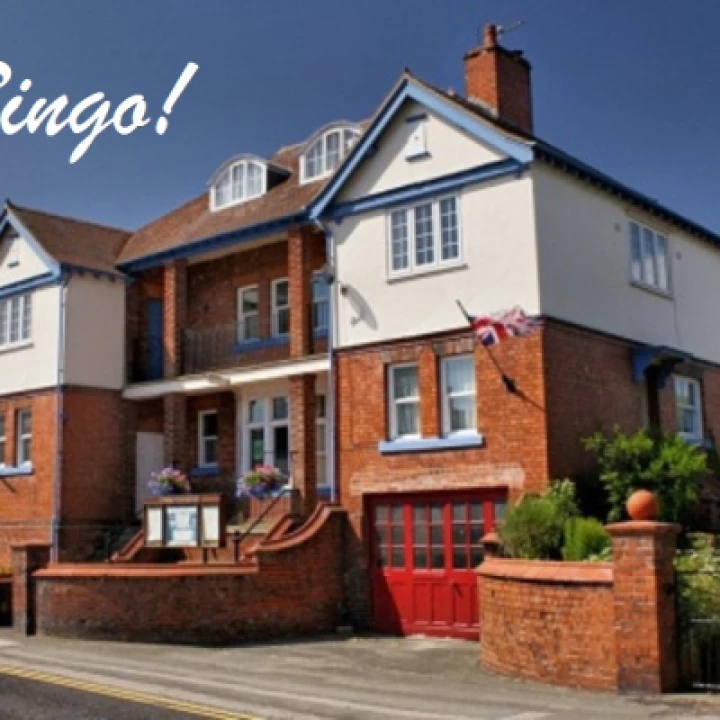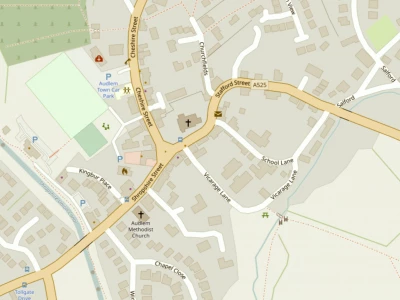







Telstar is launched
Belonging to AT&T, the original Telstar was part of a multi-national agreement among AT&T (USA), Bell Telephone Laboratories (USA), NASA (USA), GPO (United Kingdom) and the National PTT (France) to develop experimental satellite communications over the Atlantic Ocean. Bell Labs held a contract with NASA, paying the agency for each launch, independent of success
Six ground stations were built to communicate with Telstar. One each in the US, France, the UK, Canada, Germany and Italy. The main British ground station was at Goonhilly Downs in Cornwall. The BBC, as international coordinator, used this location. The standards 525/405 conversion equipment (filling a large room) was researched and developed by the BBC and located in the BBC Television Centre, London.
The satellite was built by a team at Bell Telephone Laboratories that included John Robinson Pierce, who created the project; Rudy Kompfner, who invented the traveling-wave tube transponder that the satellite used; and James M. Early, who designed its transistors and solar panels. The satellite is roughly spherical, measures 34.5 inches in length, and weighs about 170 pounds. Its dimensions were limited by what would fit on one of NASA's Delta rockets. Telstar was spin-stabilized, and its outer surface was covered with solar cells capable of generating 14 watts of electrical power.
The original Telstar had a single innovative transponder that could relay data, a single television channel, or multiplexed telephone circuits. Since the spacecraft spun, it required an array of antennas around its "equator" for uninterrupted microwave communication with Earth. An omnidirectional array of small cavity antenna elements around the satellite's "equator" received 6 GHz microwave signals to relay back to ground stations. The transponder converted the frequency to 4 GHz, amplified the signals in a traveling-wave tube, and retransmitted them omnidirectionally via the adjacent array of larger box-shaped cavities. The prominent helical antenna received telecommands from a ground station.
And of course, Telstar became a hit by the Tornados which you can hear here.
Launched by NASA aboard a Delta rocket from Cape Canaveral on July 10, 1962, Telstar 1 was the first privately sponsored space launch. A medium-altitude satellite, Telstar was placed in an elliptical orbit completed once every 2 hours and 37 minutes, inclined at an angle of approximately 45 degrees to the equator, with perigee about 592 miles from Earth and apogee about 3,687 miles from Earth This is in contrast to the 1965 Early Bird Intelsat and subsequent satellites that travel in circular geostationary orbits.
Due to its non-geosynchronous orbit, similar to a Molniya orbit, Telstar's availability for transatlantic signals was limited to the 20 minutes in each 2.5-hour orbit when the satellite passed over the Atlantic Ocean. Ground antennas had to track the satellite with a pointing error of less than 0.06 degrees as it moved across the sky at up to 1.5 degrees per second.
This article is from our news archive. As a result pictures or videos originally associated with it may have been removed and some of the content may no longer be accurate or relevant.
Get In Touch
AudlemOnline is powered by our active community.
Please send us your news and views using the button below:
Email: editor@audlem.org


